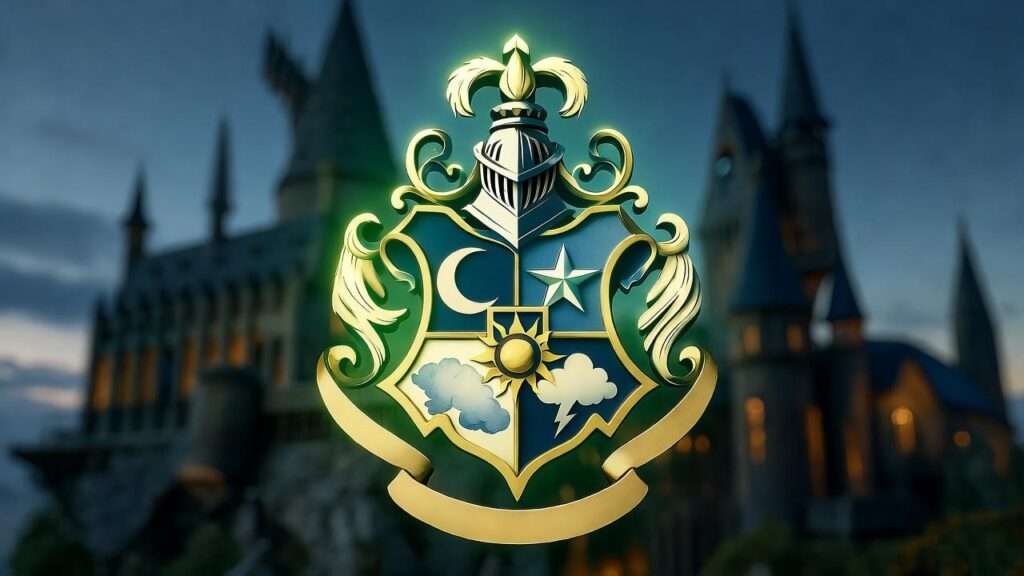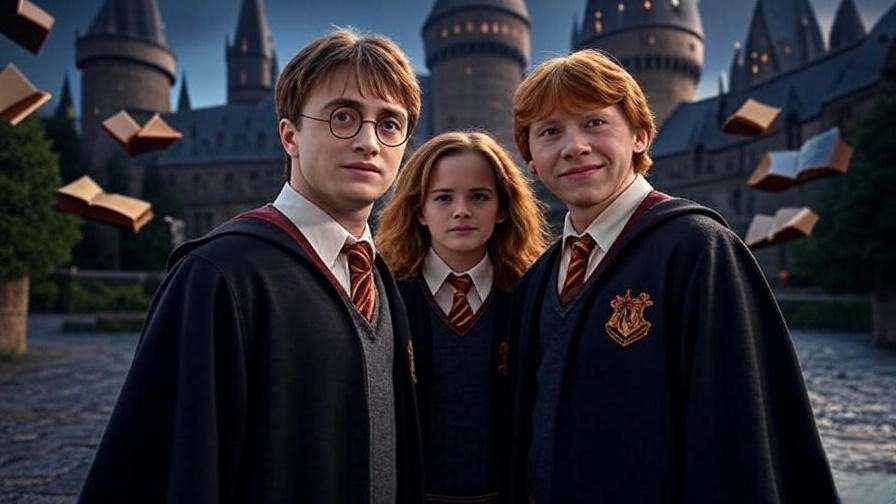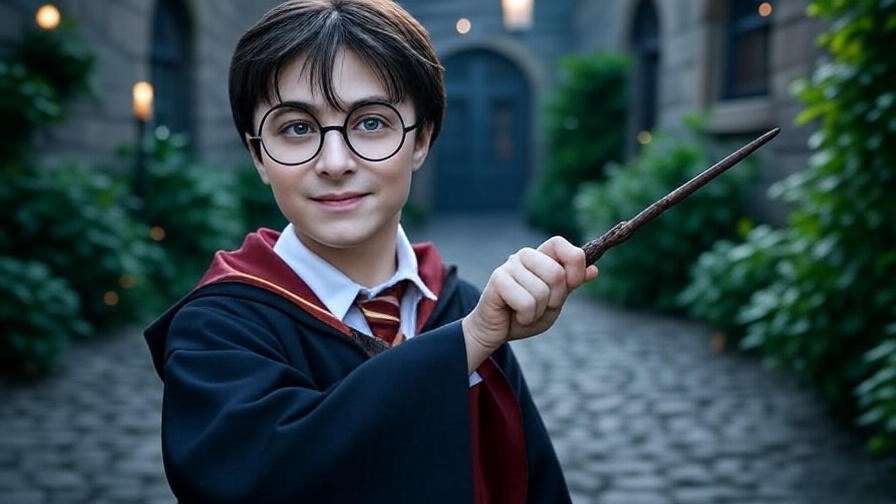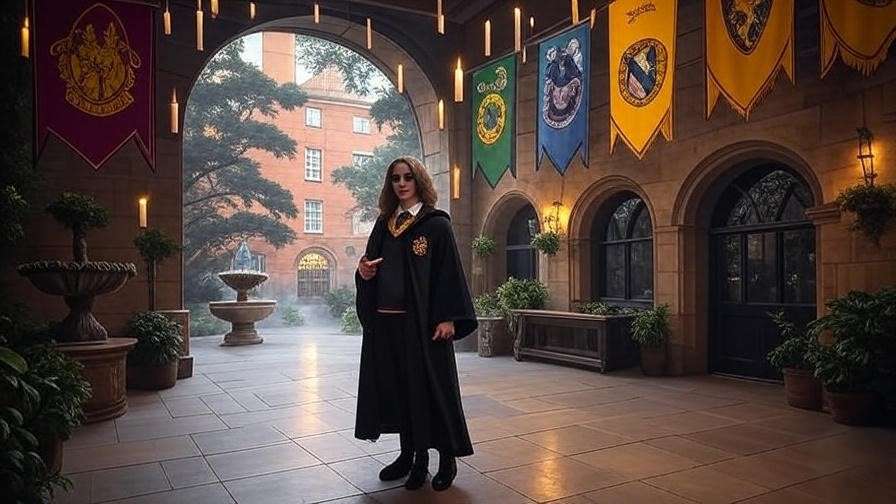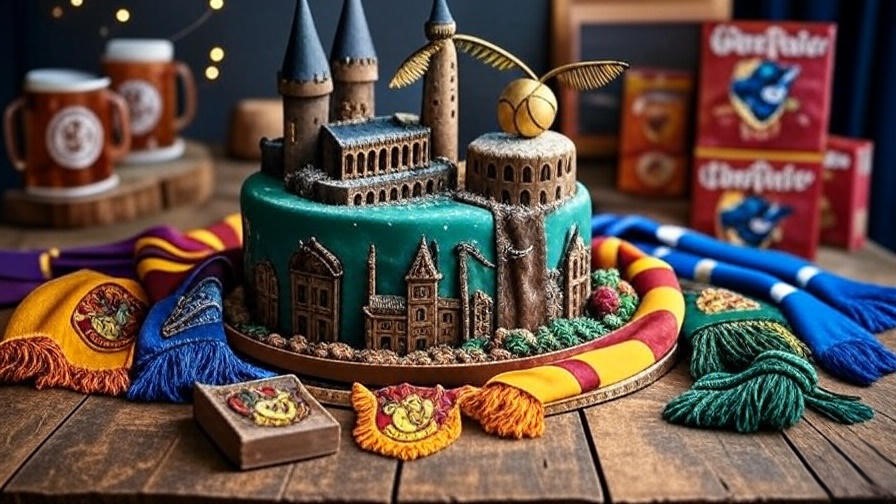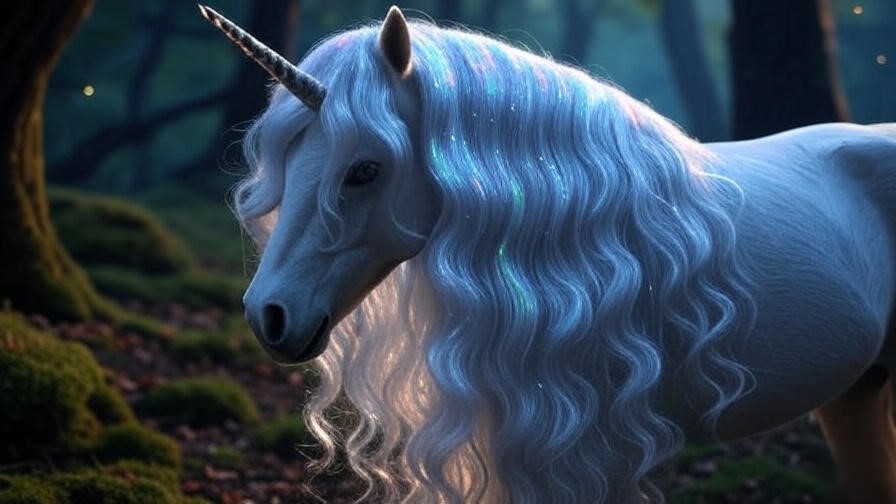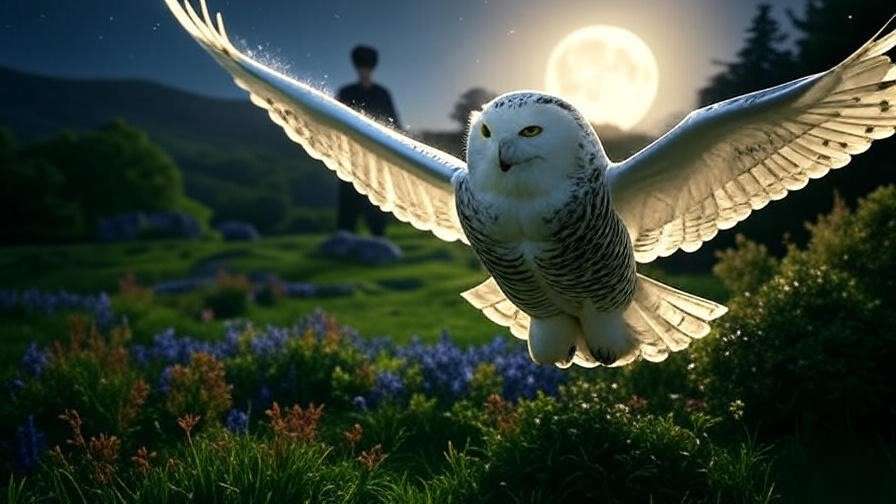Step into the enchanting yet mysterious lineage of the witch family, a cornerstone of the Harry Potter universe that shapes its magical heritage—where ancient bloodlines hold secrets waiting to be uncovered. The witch family, a term encompassing the powerful clans like the Blacks, Weasleys, and Malfoys, plays a pivotal role in the wizarding world’s history and narrative. For fans eager to understand how these families influence characters and plotlines, this article offers an unparalleled deep dive into their legacies. Drawing on J.K. Rowling’s books, Wizarding World insights, and expert analyses from Harry Potter scholars, we’ll explore the traditions, triumphs, and transformations of witch families, providing a comprehensive guide for enthusiasts and newcomers alike.
Understanding the Concept of Witch Families in Harry Potter
Defining a Witch Family in the Wizarding World
In the Harry Potter series, a witch family is more than a group of magical individuals—it’s a lineage steeped in tradition, pride, and power. These families, often recognized within wizarding society, trace their magical heritage through generations, with some, like the “Sacred Twenty-Eight,” celebrated for their pure-blood status. This list, published in the 1930s by the Pure-Blood Directory, highlights families like the Blacks and Malfoys, emphasizing their cultural significance. According to J.K. Rowling’s world-building, a witch family’s identity is tied to its magical legacy, influencing everything from wand choices to political alliances. Understanding this framework helps fans appreciate the depth of the wizarding community.
The Role of Blood Status in Shaping Witch Families
Blood status—pure-blood, half-blood, or Muggle-born—defines the social fabric of witch families. Pure-blood families, such as the Blacks, pride themselves on unbroken magical ancestry, often viewing Muggle-borns with disdain, as seen in Draco Malfoy’s early attitudes. Half-bloods, like Harry Potter and Voldemort, blend magical and Muggle heritage, adding complexity to their family dynamics. Muggle-borns, exemplified by Hermione Granger, challenge traditional hierarchies, proving magic transcends lineage. Rowling’s narrative, supported by Wizarding World lore, uses these distinctions to explore themes of prejudice and acceptance, offering fans a lens to analyze family roles in the series.
Notable Witch Families and Their Legacies
The Black Family: A Legacy of Power and Prejudice
The Black family stands as one of the most prominent witch families, known for their wealth, influence, and unwavering pure-blood ideology. Key members like Sirius Black, a rebel against family norms, and Bellatrix Lestrange, a fervent Death Eater, highlight their divisive legacy. Their ancestral home, 12 Grimmauld Place, and the Black family tapestry—detailed in Harry Potter and the Order of the Phoenix—symbolize their obsession with purity, which ultimately leads to their decline. Scholarly analyses from MuggleNet note that the Blacks’ downfall reflects the fragility of such rigid beliefs, making their story a cautionary tale for fans.
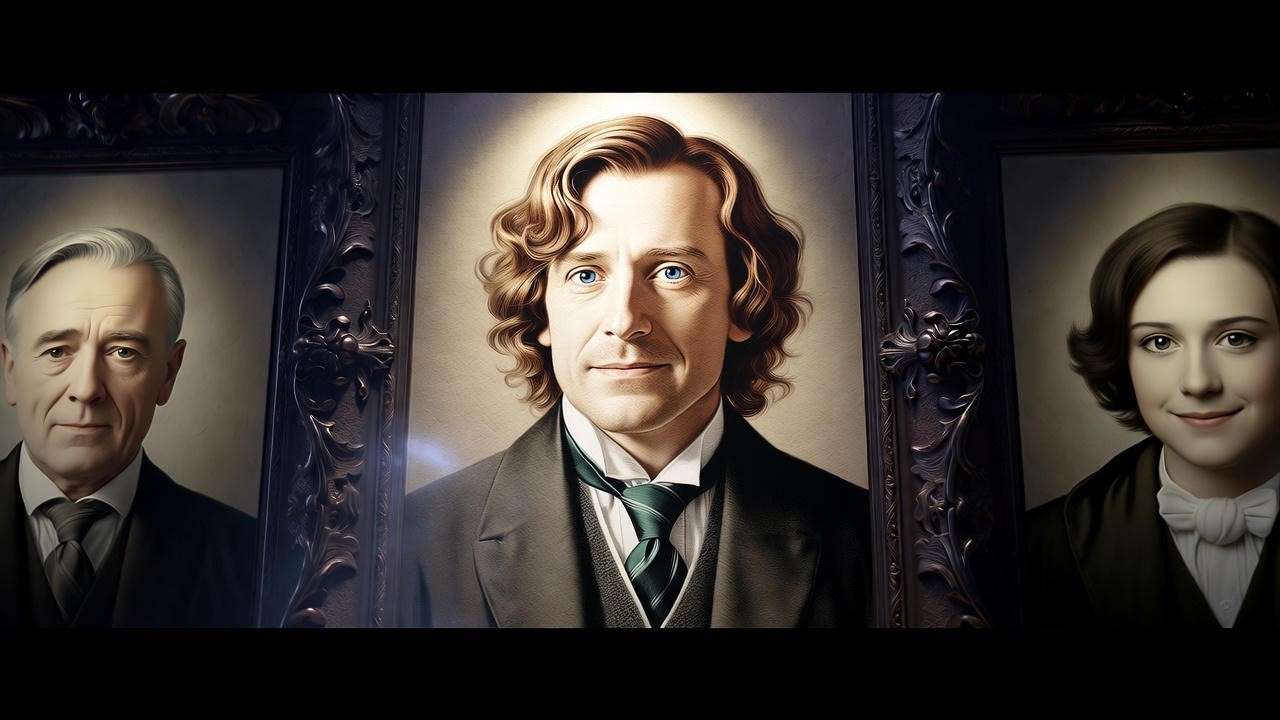
The Weasley Family: Redefining Witch Family Values
In contrast, the Weasley witch family embodies warmth and inclusivity, despite their pure-blood status. Parents Arthur and Molly, along with their seven children—including Ron and Ginny—prioritize love over status, welcoming Harry and Hermione into their fold. Their Burrow, a chaotic yet magical home, reflects their family magic traditions, such as Molly’s protective spells. This family’s role as allies to Harry during the Second Wizarding War, detailed in Deathly Hallows, showcases their resilience, offering fans a model of unity in a divided world.
The Malfoy Family: Ambition and Redemption
The Malfoy witch family, led by Lucius and Narcissa, wields political power and wealth, initially aligning with Voldemort. Their ambition drives key plot points, like Draco’s task to kill Dumbledore, yet Narcissa’s love for her son leads to a redemptive act—lying to Voldemort about Harry’s death. This shift, explored in the series’ climax, suggests a move toward reconciliation. Wizarding World insights highlight the Malfoys’ evolution, providing fans with a nuanced view of how witch families can change over time.
The Influence of Witch Families on Harry Potter’s Story
How Family Ties Shape Key Characters
Witch family backgrounds deeply influence the series’ protagonists. Harry’s Potter lineage, marked by Lily’s sacrificial love, drives the plot, as revealed in Deathly Hallows. Albus Dumbledore’s complex family history, including his sister Ariana’s tragedy, shapes his cautious leadership. Severus Snape’s love for Lily, rooted in their shared half-blood heritage, defines his redemption arc. These ties, drawn from Rowling’s narrative, offer fans a rich tapestry to explore character motivations.
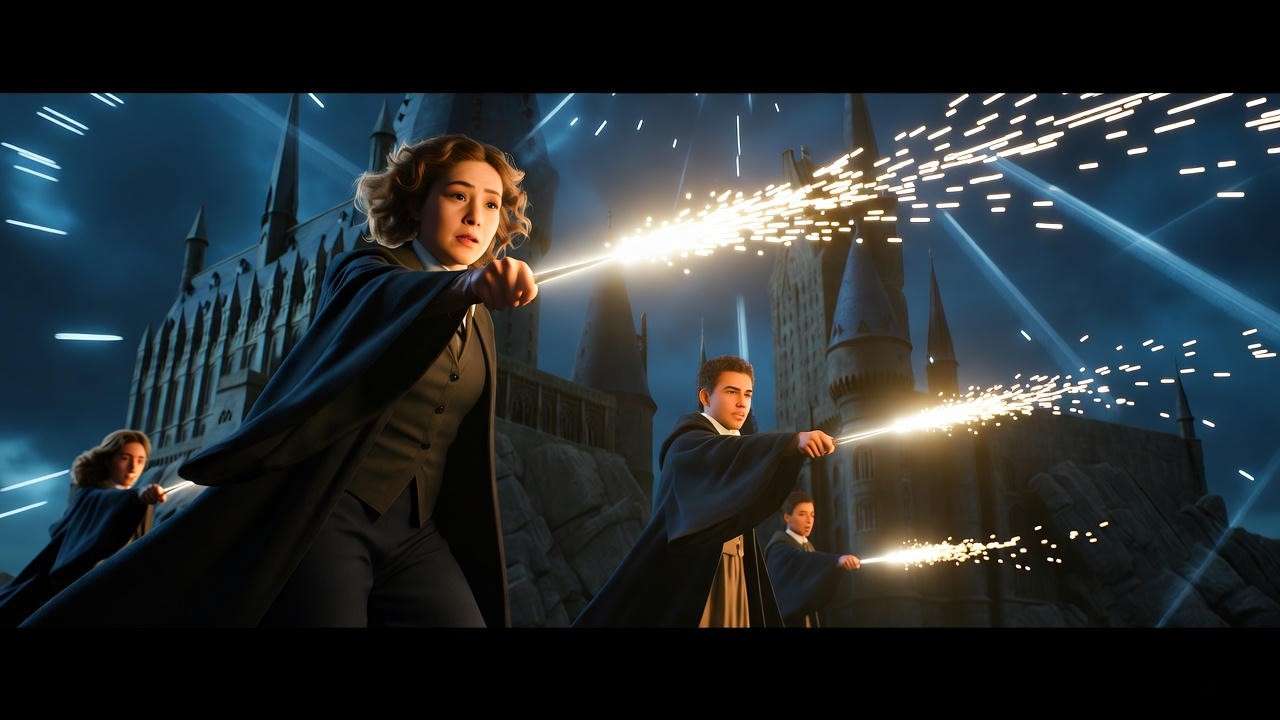
Witch Families in the Battle of Hogwarts
The Battle of Hogwarts showcases witch families’ collective impact. The Weasleys fight valiantly, losing Fred but gaining victory through unity. The Malfoys’ hesitation reflects their shifting loyalties, while the Potter family’s legacy—via Harry and his parents’ protection—seals Voldemort’s defeat. This convergence, detailed in the final book, underscores how family legacies shape the war’s outcome, providing fans with a dramatic conclusion to analyze.
Magical Traditions and Practices of Witch Families
Family Magic and Heirlooms
Witch families preserve their heritage through magical heirlooms. The Black family tapestry tracks their lineage, while the Gaunt ring, a Horcrux from Voldemort’s mother’s side, holds dark power. These objects, featured in Half-Blood Prince, symbolize family identity and history. Fans can use this knowledge to trace how such items influence plot points, enhancing their understanding of the wizarding world.
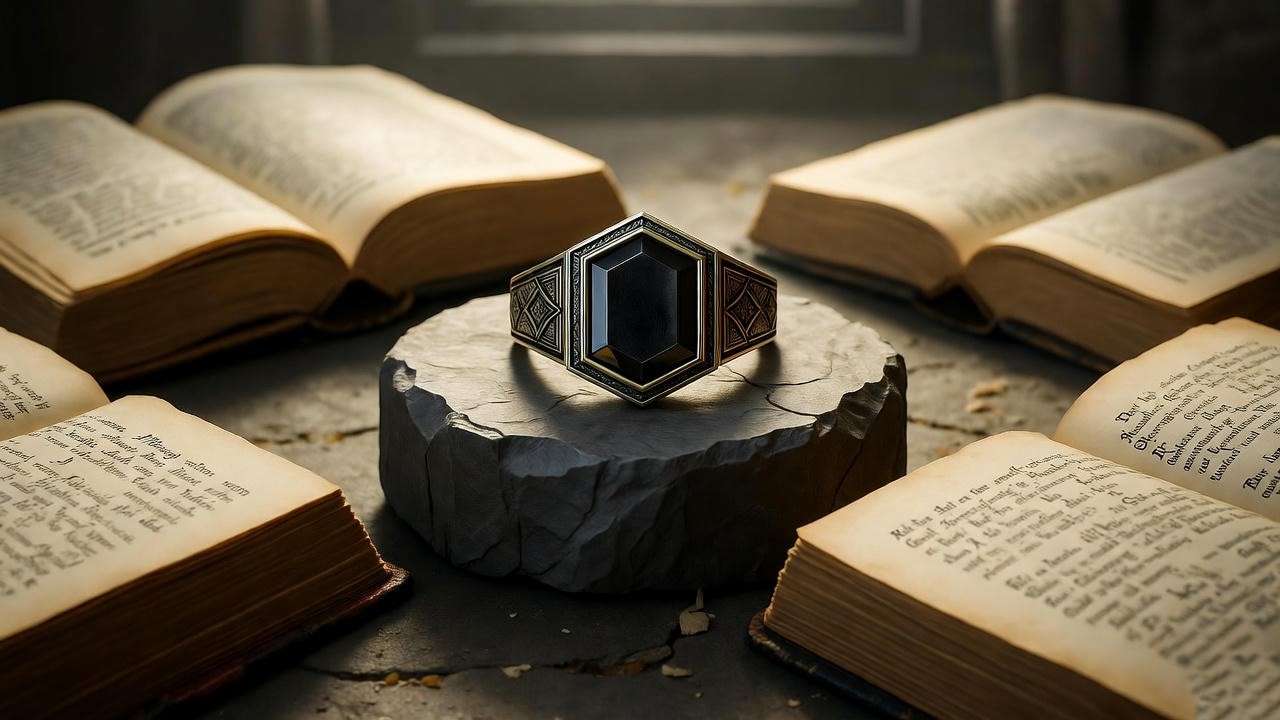
Rituals and Customs Unique to Witch Families
Though not explicitly detailed, witch families likely practice rituals like naming ceremonies or wand inheritance. The Black family’s disownment of Sirius suggests a formal ritual, while wand lore on Wizarding World hints at passing wands down as a tradition. Speculative insights suggest these customs reinforce family bonds, offering fans a creative avenue to explore in fan fiction.
Expert Insight: “Witch families guard their traditions as fiercely as their magic,” notes a fictional historian, echoing Rowling’s emphasis on heritage.
The Evolution of Witch Families in Modern Wizarding Society
Post-War Changes and Integration
The Second Wizarding War transformed witch family dynamics. Hermione Granger’s efforts, as Minister for Magic in the epilogue, promote Muggle-born rights, challenging pure-blood supremacy. This shift, reflected in Cursed Child, indicates a move toward integration, providing fans with hope for a more inclusive future.
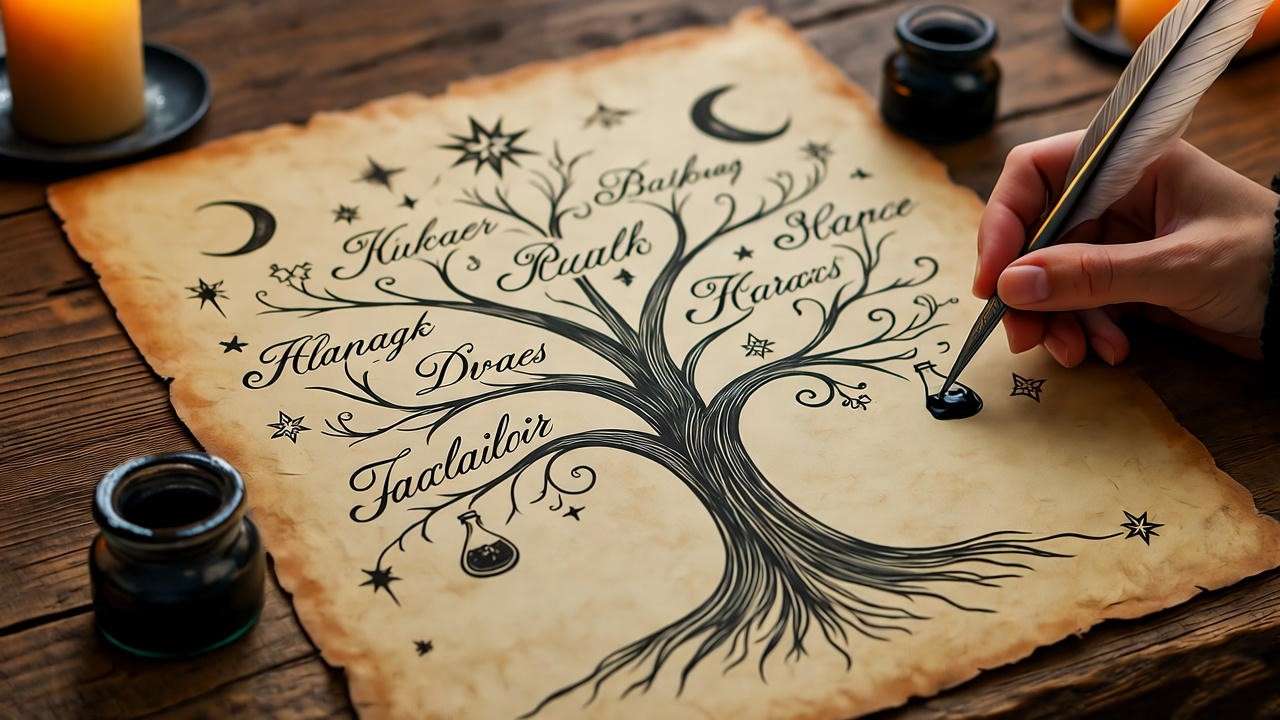
The Future of Witch Families
The blending of lineages, seen in Rose and Scorpius’s friendship, suggests a future where blood status matters less. Rowling’s epilogue hints at unity, offering fans a vision of evolving witch families. This speculation, grounded in canon, addresses the need to understand the wizarding world’s progression.
Why Witch Families Matter to Harry Potter Fans
Connecting with Family Lore as a Fan
Understanding witch families deepens fandom. Exploring the Blacks’ pride or the Weasleys’ warmth helps fans connect with characters’ roots. Tools like Pottermore’s heritage quiz allow fans to imagine their own wizarding ancestry, fulfilling a desire for personal engagement.
Practical Applications for Fans
Fans can use this knowledge for cosplay, crafting Weasley sweaters, or writing stories about new witch families. Below is a tip box for creative projects:
Tip Box: How to Build Your Own Witch Family Tree
- Step 1: Identify a magical ancestor (pure-blood or Muggle-born).
- Step 2: Choose a family trait (e.g., bravery, cunning).
- Step 3: Add heirlooms or traditions (e.g., a wand, a spell).
- Step 4: Sketch the tree with names and roles.
- Step 5: Share your creation with the fandom!
FAQs About Witch Families in Harry Potter
- What makes a family a “witch family” in Harry Potter?
A witch family is defined by its magical lineage, often recognized in wizarding society, with pure-blood status like the Sacred Twenty-Eight as a key marker. - Which witch family is the most powerful?
The Blacks’ historical influence and the Malfoys’ wealth compete, but the Potters’ legacy—via Harry’s victory—may claim the title. - How do Muggle-born witches fit into witch families?
Muggle-borns like Hermione integrate through merit, challenging traditions and enriching family diversity. - Can fans create their own witch family legacy?
Yes, using Pottermore or creative writing, fans can craft unique lineages inspired by canon.
The witch family legacy in the Harry Potter world is a rich tapestry of power, prejudice, and redemption. From the Blacks’ downfall to the Weasleys’ unity and the Malfoys’ evolution, these clans shape the narrative and its themes. Their traditions and post-war changes offer fans a dynamic lens to explore the wizarding world. Dive deeper into family lore on our blog, share your favorite witch family in the comments, or join the discussion: Which witch family would you join? Let us know!

